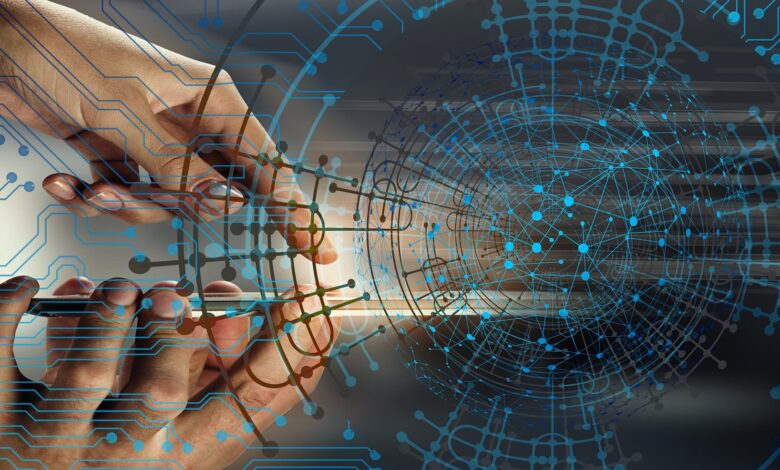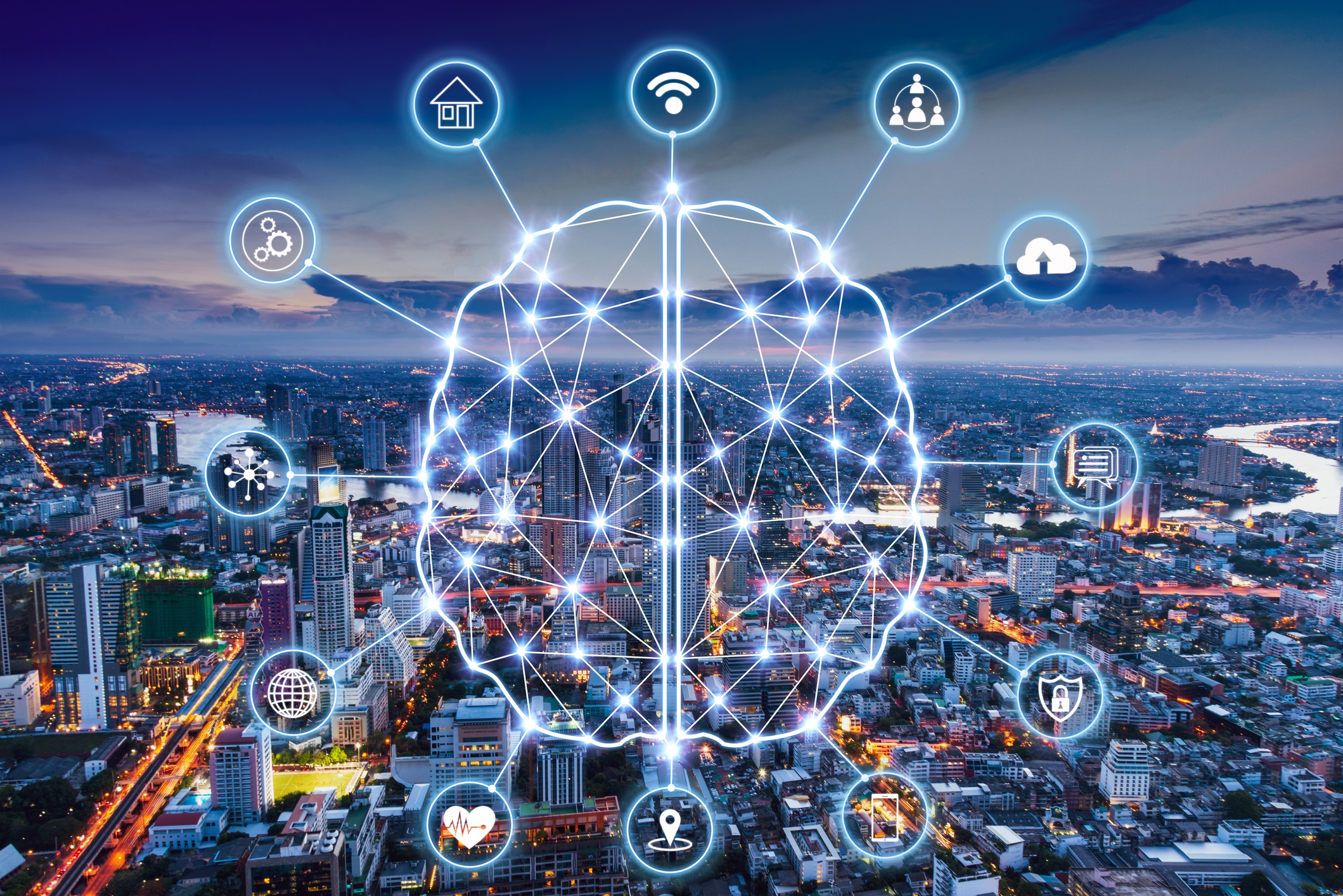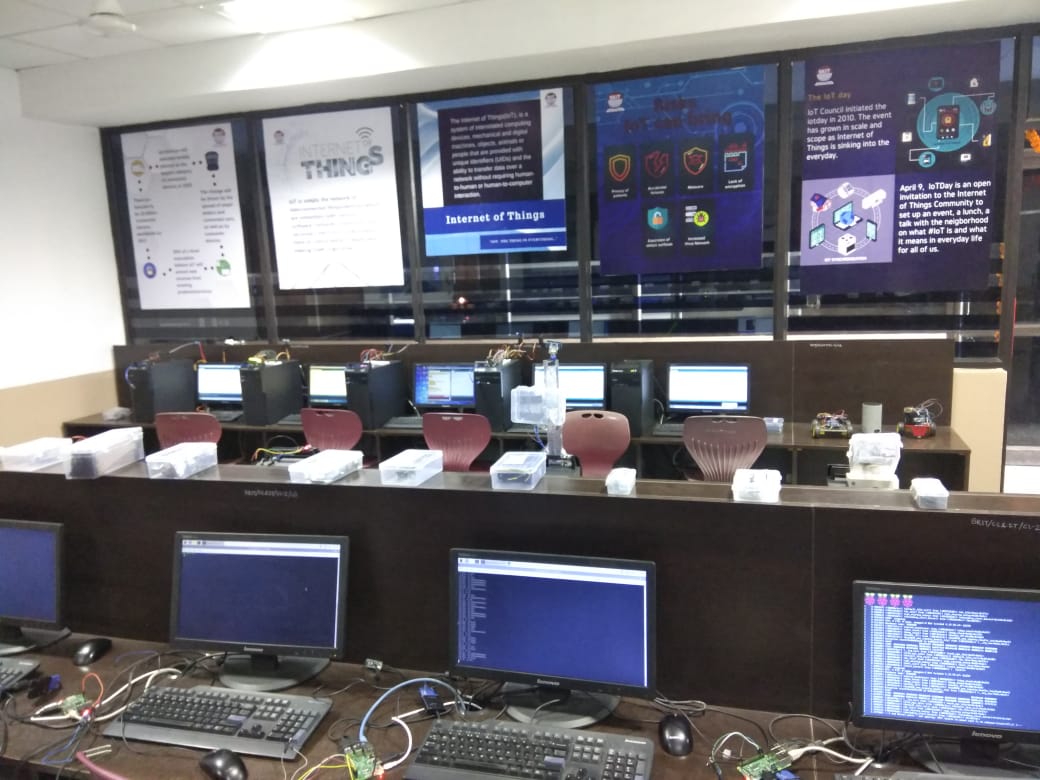The Internet of Things is making Indian homes the hub of technological innovation

The Internet of Things is making Indian homes the hub of technological innovation
The electrification of homes started somewhere in the late 19th century, and that was the first time we were truly “plugged in”! Since the invention of the electric light, people have been motivated to increase the effectiveness of energy production and consumption in their houses. We were freed from the restrictions of nature by technology, which pushed us closer to civilization.
While the current gizmos and gadgets evolved, the modest home awaited fresh presents of technology. The Internet of Things and a wave of automated devices that changed India’s houses put an end to the wait. This signalled the start of unprecedented levels of home automation.
Soon, all types of equipment became available, and energy could be carried around in your pocket. The first generation of automated houses was created using batteries, appliances, and power. Then, like a meandering river, technology began to focus on other industries, and advancements in home technology ceased.
Sweet Home to “Smart” homes

“Invention is borne out of need.” sounds corny, but it’s also appropriate. For a very long period, we did not feel the need for electronic intrusion in our houses. The gadgets all around us appeared to be powerful enough to save us enough time and effort while yet allowing us to enjoy life. The washer, geyser, air conditioning, refrigerator, microwave, TV, etc., felt sufficient to have a happy life.
However, the idea of better, more innovative environments had existed for a while. For instance, the September 1962 debut of the animated series “The Jetsons” depicted a technologically advanced future. The majority of what they foresaw has come to pass, even technologies that appeared unlikely at the time, like video calls, tablets, and smartwatches.
Some of the elements that contributed to the development of IoT include a lack of natural resources, a population that is constantly expanding, yearly increases in work hours, and the inherent human tendency to never settle. By using the Internet of Things to make the world safer, more pleasant, and energy-efficient, our lovely houses are also becoming more innovative.
Indian Homes and Internet of Things

IoT links gadgets together through the internet to improve and secure lives. While a smart home’s leisure and luxury were utilized to draw upper-class/urban Indians, the security aspect is now piquing the attention of the general urban populace in IoT and smart houses.
People have become more prepared as a result of risks like gas leak detection, fire and smoke detection, and intrusion alert. In addition, the idea of an intelligent home is attracting interest due to the ability to control your equipment with your phone. IoT has significantly impacted homes and lives in India, and the best is yet to come.
Let’s look at the most popular product categories and intelligent devices in India to have a better grasp of the value of IoT in Indian households.
- Security: Due to the fact that the majority of people in cities work full-time employment, residences are typically abandoned for most of the day. Making houses susceptible to dangers ranging from gas leaks to robberies. The most sought-after Internet of Things (IoT)-based products in the Indian market is security-related ones, including intelligent cameras, door sensors, smoke detectors, gas leakage monitors, and smart locks.
- Leisure & Entertainment: Entertainment, which includes intelligent assistants, bright lights, and universal remote controls, is the second most popular category. Setting scenarios or routines has been a widespread practice with intelligent assistants to improve the entertainment experience. At a minimum, these “scenes” involve thermostats, AC, and lighting.
- Electric Control & Energy Efficiency: People may measure and analyze their daily, weekly, and monthly energy use with the aid of gadgets like smart plugs, energy meters, and smart remote controls. One of the main benefits of IoT use in houses is this. Homes that are energy efficient aid in resource preservation for the country and cost savings for the occupants.
- Safety: Water and air purifiers fall under this category. People are becoming more aware of the possible threat to prosperity that we are all exposed to as a result of the epidemic. People can monitor and manage variables, including air quality, water quality, and water intake using IoT-based bright RO and air purifiers.
How technology might be crucial in resolving India’s healthcare issues
With 1.3 billion people spread out over urban and rural India, the nation presents a special healthcare issue. A United Nations research claims that just 27% of Indians reside in metropolitan regions, where 75% of the country’s healthcare infrastructure, including medical experts and physicians, is concentrated.
Additionally, high-quality healthcare and private hospitals are only available in urban regions. The remaining 72% of the population, or over 716 million people, reside in rural areas where there is a persistent shortage of primary healthcare services.
Offering all of its citizen’s access to high-quality healthcare at reasonable costs is one of India’s most urgent concerns. The country’s hospital bed density was 0.7 per 1,000 inhabitants in 2011 (the most recent data available), which is much below the World Health Organization (WHO) recommendations of 3.5 beds per 1,000. Technology is the only thing that might possibly close this gap in such a situation.
Is the answer in technology?

The seamless integration of technology and healthcare is essential if India is to achieve its aim of universal health coverage (UHC). Change is finally arrived, which is fantastic news. India faces particular hurdles in terms of accessibility, cost, and quality, but technology is omnipresent and is assisting in addressing these issues. Despite being in its early stages, adoption is moving forward quickly, and considering the magnitude of the healthcare industry, the scale and effect that follows might be enormous.
The Indian Brand Equity Foundation (IBEF) projects that by 2020, the country’s healthcare market will have increased from $160 billion to $280 billion.
Clearly, technology will be the foundation of this growth narrative. By improving clinical care procedures to improve results, electronic health records (EHRs) can enhance treatment, minimize mistakes, and result in cost savings. The use of EHRs will be further boosted by modern cloud-based services and mobile applications that seamlessly combine provider and patient interactions.
It goes without saying that the data amassed through EHRs over time can aid in further developing the analytics models to enhance therapeutic results.
Patients will soon begin having a significant part in the whole process of care as knowledge of health and wellness problems grows. Many of the modern applications dealing with preventive and ongoing health monitoring are already being driven by the healthcare consumerism trend.
Recommendation engines powered by artificial intelligence (AI) are empowering customers to make decisions they never thought possible. The use of technology has created a high level of personalization and care feasible. This is essential given the growth in chronic illnesses and the desire for individualized care based on the patient’s sickness and psychological makeup.
The evolving role of health insurance
The National Health Protection Scheme (NHPS), on the other hand, is about to radically alter healthcare for the general public. The Insurance Regulatory and Development Authority (IRDA) is now permitting coverage of outpatient departments (OPD) in some circumstances.
In the next five years, cashless transactions for numerous operations will become the standard. The way we pay for care will undergo a radical transformation because of digital payments and automated financing.
There will be a need to establish a national-level medical transaction clearinghouse based on blockchain and AI, with cascading benefits, as medical insurance coverage rises in India. Possibly, this will alter everything. The clearinghouse will provide real-time healthcare transaction processing via the internet with a highly secure connection and cutting-edge internet architecture that speeds up deployment and lowers costs for claim filing, claim tracking, clinical data interchange, and follow-up.
The development of 50 technologies for the treatment of illnesses including cancer and TB was planned for FY16, according to the Indian Ministry of Health. In addition to the Mother and Child Tracking System (MCTS), the government is focusing a lot on the Mother and Child Tracking Facilitation Center (MCTFC). In order to spur growth and get access to new markets, Indian businesses are increasingly partnering with both local and foreign companies in mergers and acquisitions.
Technology trend
Modern healthcare is primarily influenced by technologies like artificial intelligence (AI), automation, and the Internet of Things (IoT). Let’s examine some potential uses for these two technologies to make things more straightforward: IoT with I AI, which includes automation, machine learning, and deep learning.
Applications of AI
The unique ability of AI is that it not only enhances human skills but also greatly broadens the range of human action. Natural language processing, intelligent agents, computer vision, machine learning, expert systems, chatbots, and voice recognition are a few of the AI-related technologies.
One of the most common uses of automation and AI in healthcare is data management. To give faster and more convenient access to data anytime, everywhere, robots gather, store, re-format, and track it. AI is also used for repetitive jobs like data input and analysis of lab results, X-rays, and CT scans. Based on a person’s medical history and information obtained through analytics, AI-based applications can offer medical counselling.
AI-powered software can also help with the medication development process, cutting expenses associated with traditional clinical trials for pharmaceutical development. Another use of AI is in precision medicine, where body scans driven by AI may detect cancer and vascular illnesses early and anticipate the health problems patients may have due to their genetics.
Applications of IoT
IoT in healthcare is all about maximizing the potential of the numerous linked devices and sensors now in use. In 2008, there were more linked gadgets than people on the planet. There are projected to be 50 billion linked devices on the planet by the year 2020. The IoT revolution will emerge from the replacement of unconnected things with connected ones and the use of sensors to increase the intelligence and context awareness of these connected objects.
IoT may also be utilized to gain useful insights from data collected from electrocardiograms, temperature monitors, blood glucose levels, and foetal monitoring. Smart IoT devices can deliver the necessary health data remotely, reducing the necessity for face-to-face interactions between patients and doctors. In an IoT future, various distributed devices will collect, analyze, and transmit real-time medical data to open, private, or hybrid clouds, enabling the collection, archival, and analysis of large data streams in multiple new formats as well as the activation of context-sensitive alerts.
IoT has significant potential for use in healthcare surveillance as well. It may aid in the early identification of health issues. The efficiency of the whole healthcare system may be increased by instantaneously integrating data gathered through tests, monitoring the patient’s status, and then relaying that information to the physicians and personnel.
The future prescription
In the future, India will see a whole spectrum of the healthcare ecosystem, with tiny clinics coexisting alongside huge advanced hospitals and home treatment. Homecare, ambulatory, and urgent care services provided outside of hospitals are on the rise. Additionally, the emphasis is changing away from a therapeutic method and toward a preventative approach.
The way we track people’s health will alter as a result of personal IoT-based health monitoring devices. The way we fill and maintain EHRs, as well as how we connect them to other services like payments and insurance, among others, will soon be completely rewritten thanks to technologies like blockchain. In terms of triage, diagnosis, and treatment, artificial intelligence will increasingly help doctors, nurses, and other healthcare professionals.
In due course, ingestible pill monitors, bio stamps, nutrition sensors, AI physicians, and 3D printing will all be widely used in the healthcare industry. Identifying if a tumour is malignant is one diagnostic problem where AI doctors are anticipated to do better than human doctors. Replacement organs, exoskeletons, casts, and other products will be impacted by 3D printing. There are countless opportunities.
Is it inevitable that machines will eventually replace doctors in the healthcare industry since technology plays an increasingly important role in this industry? We frequently hear people express concern about so-called “technology unemployment.” The opposite school of thinking contends that the fear psychosis is really hysteria caused by a number of misunderstandings, mostly based on an overestimation of AI’s applications and capabilities. One school of thought says that automation might mean the end of physicians.
Maybe in between is where the solution resides. Although they won’t ever fully replace doctors, machines will undoubtedly take over most of their labour and part of their decision-making authority. It won’t be a case of AI vs. doctors, but rather AI plus doctors.
The key to maximizing value is to collaborate with others. Because of this, some businesses prefer AI as “Augmented Intelligence,” which effectively implies that AI’s primary goal is to improve products and services rather than replace the people who provide them. In a perfect society, people and machines would coexist to build a more prosperous and healthier future.
A smart kitchen that generates and texts your grocery list to your local supermarket, a smart TV that suggests a watchlist based on the day of the week, and smart mirrors that help you choose your outfit of the day or help you decide what clothes to buy are a few examples of IoT applications that don’t seem too far off. We must optimize our usage as the population of the world increases. Our use of natural resources must be optimized as the world’s population rises, and smart houses are a step in that direction.
Sulivan and Ford project that the IoT market in India will grow to $9.28 billion by 2025, at which point there will be a lot of room for developing new automated devices and advancing current technologies. Even if the solutions that are currently most in demand fall into the aforementioned categories, there are still many options that haven’t even reached the public mind. Innovation is centred on Indian houses, and they have a bright future.
edited and proofread by nikita sharma




